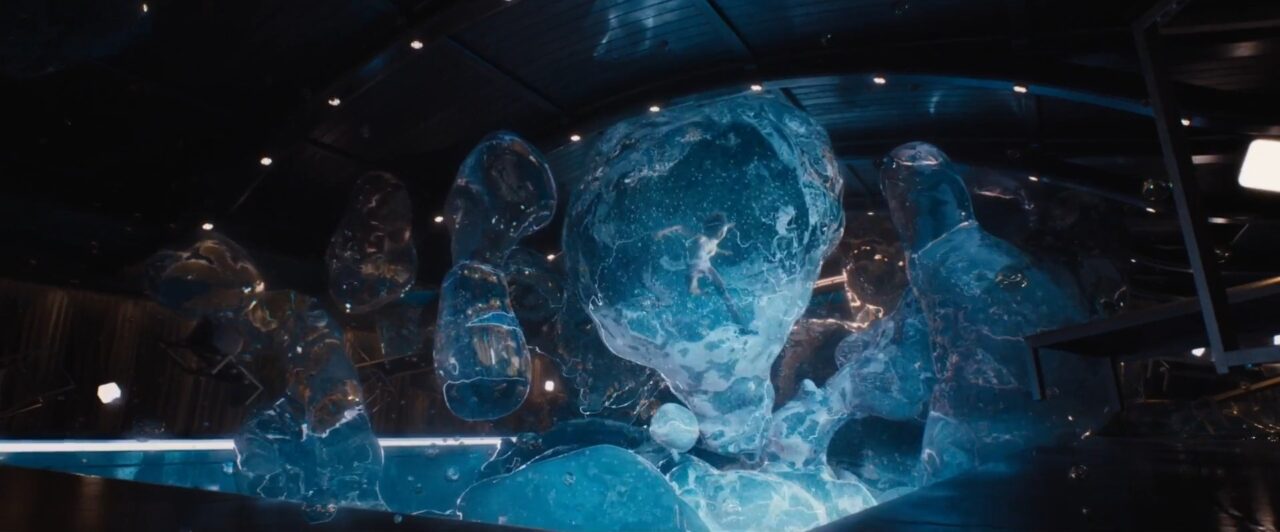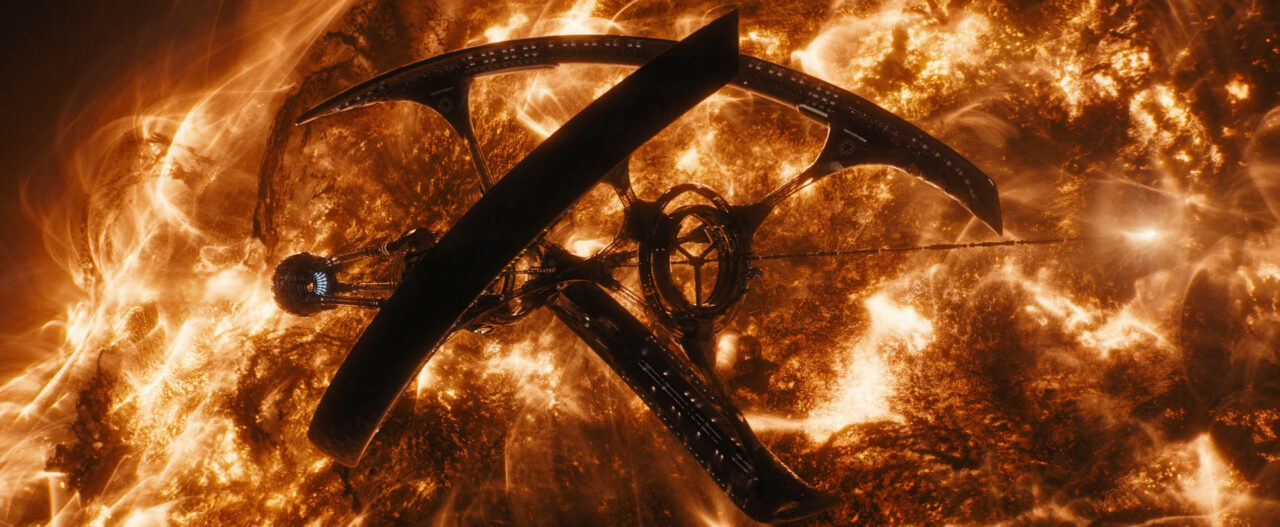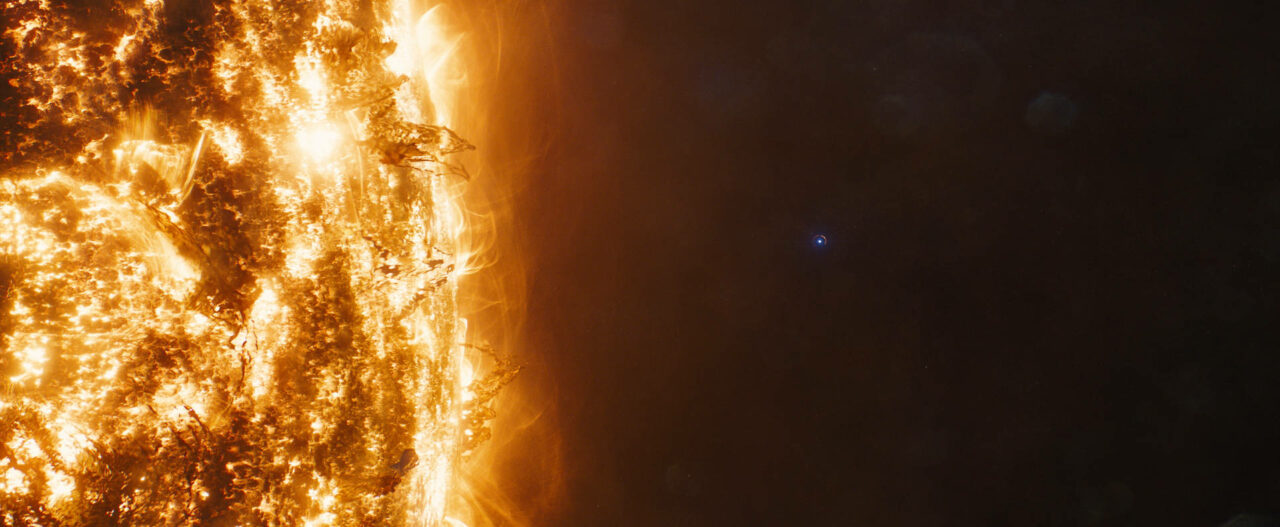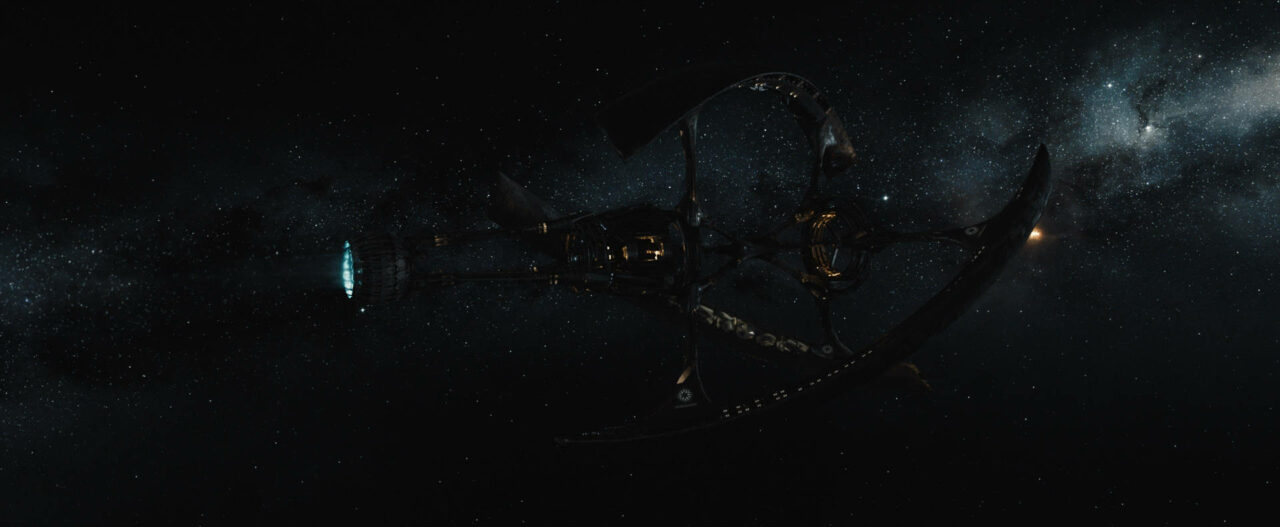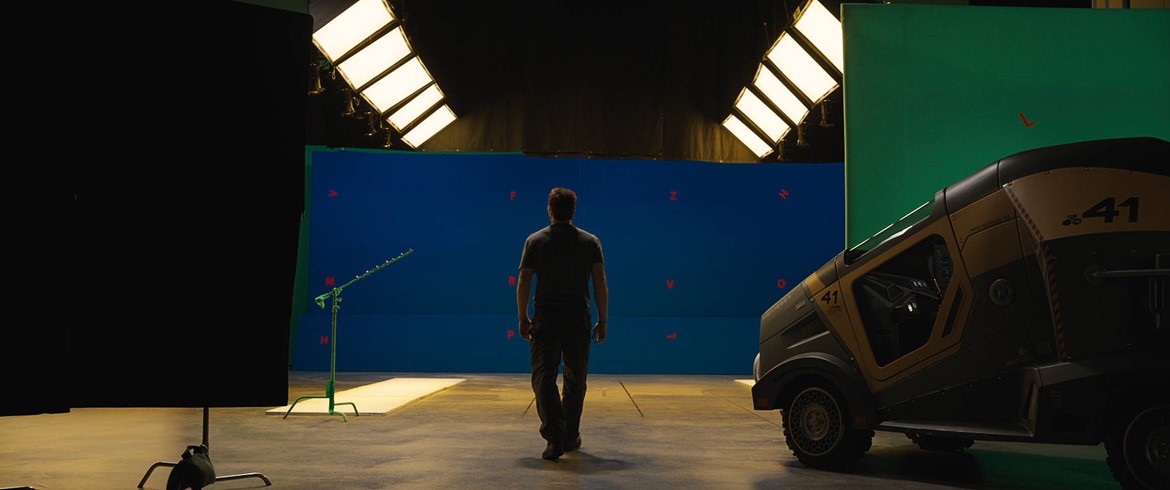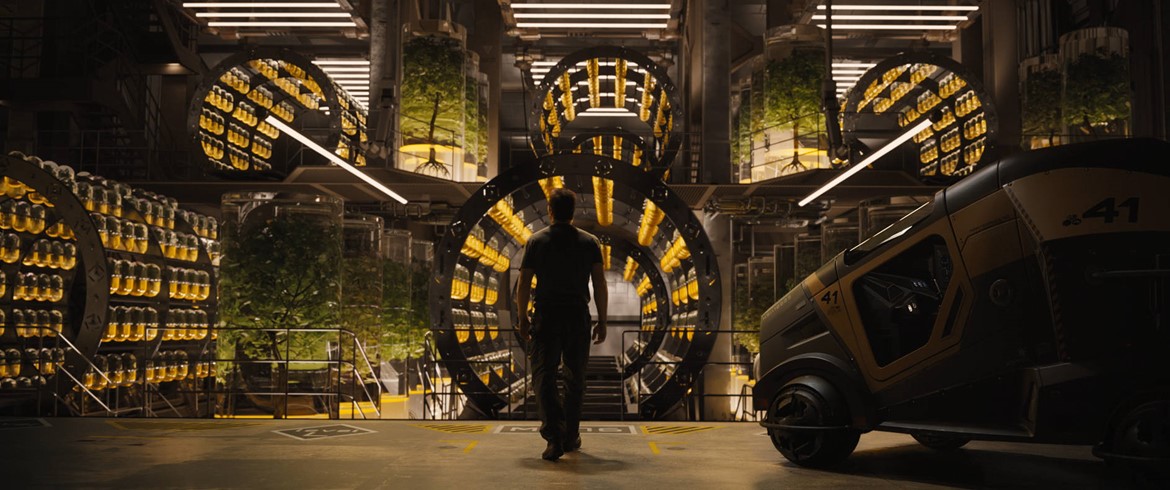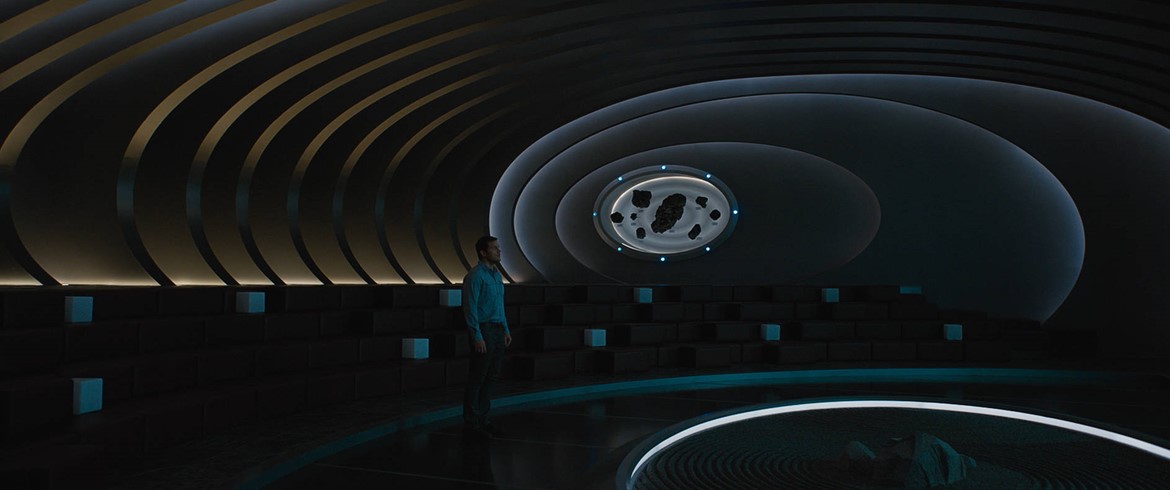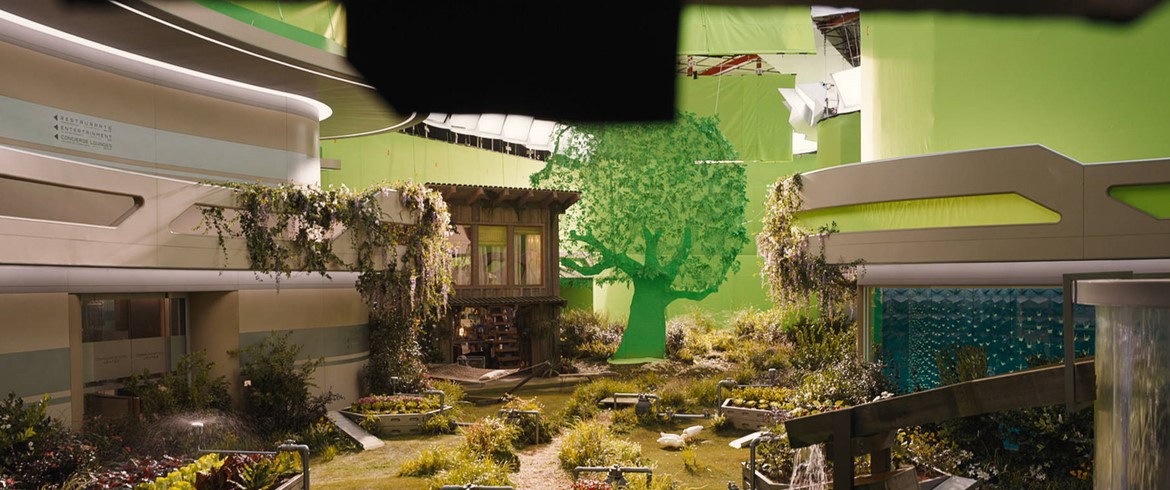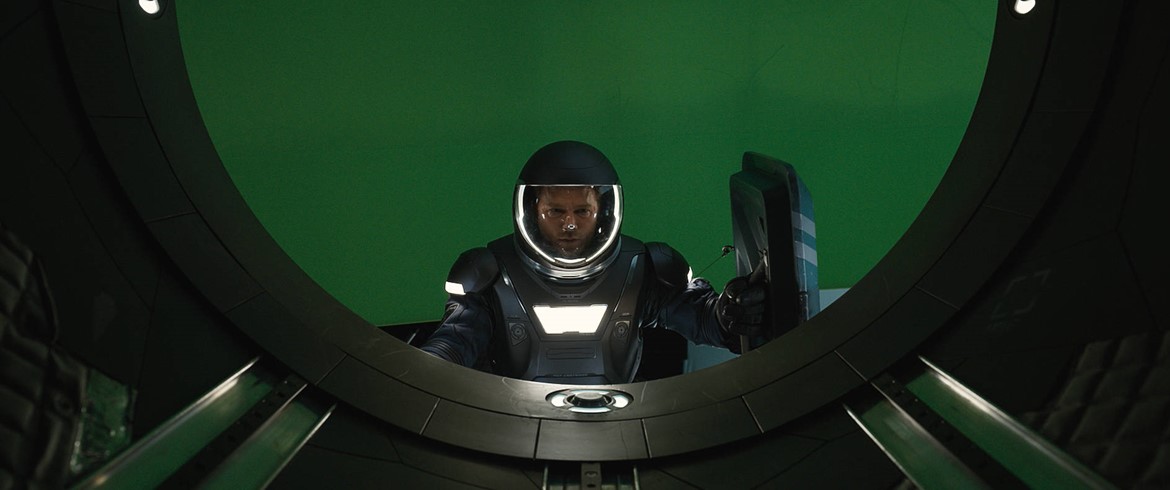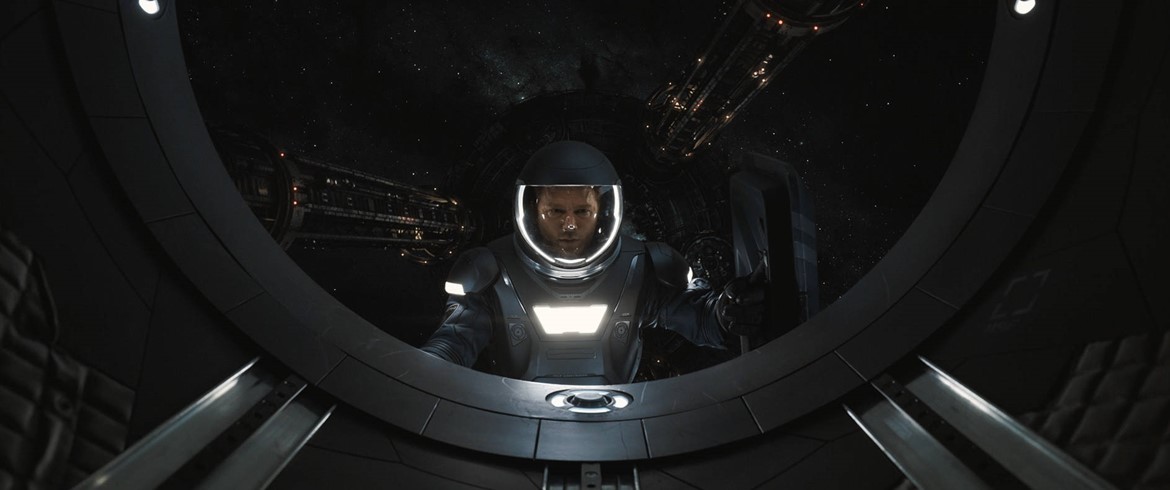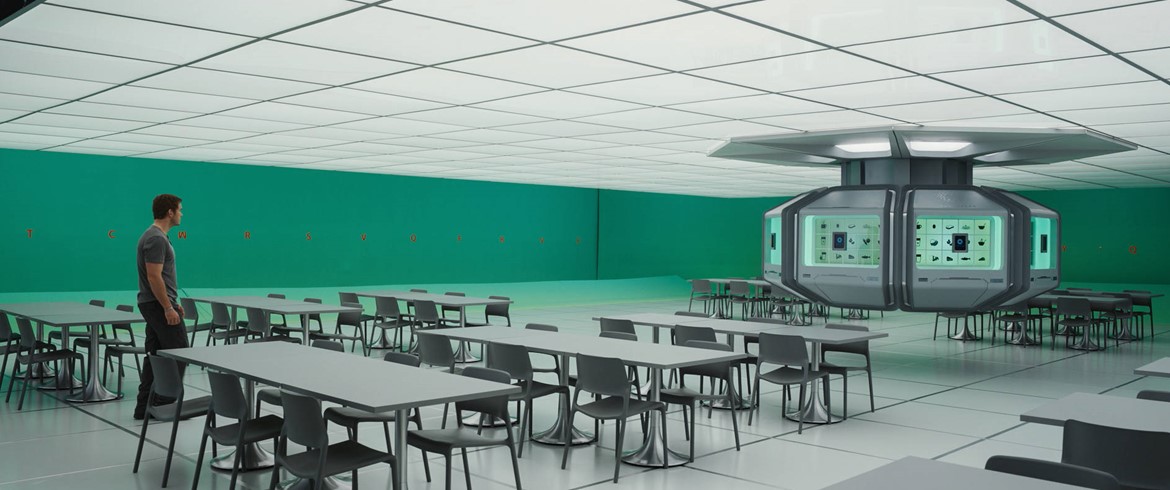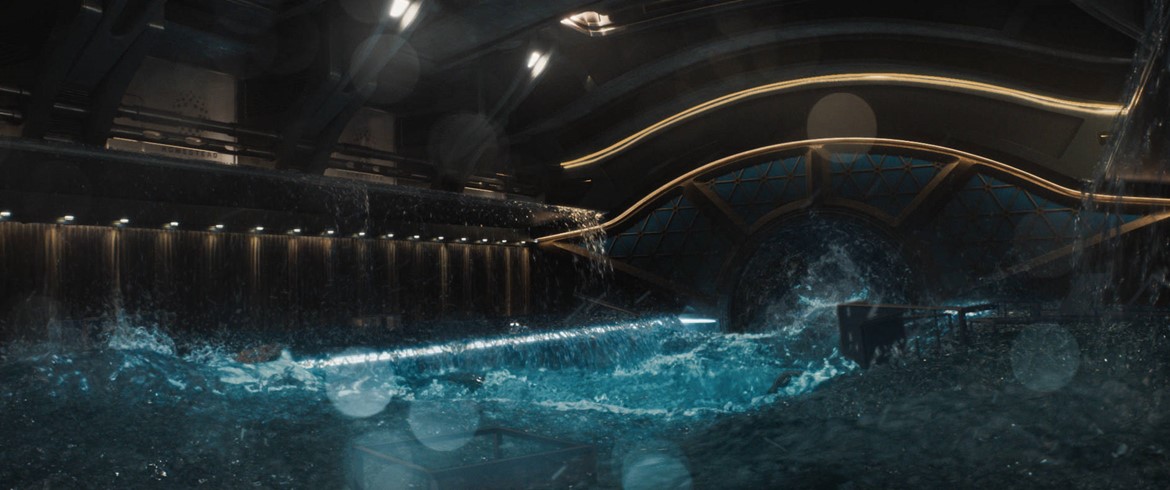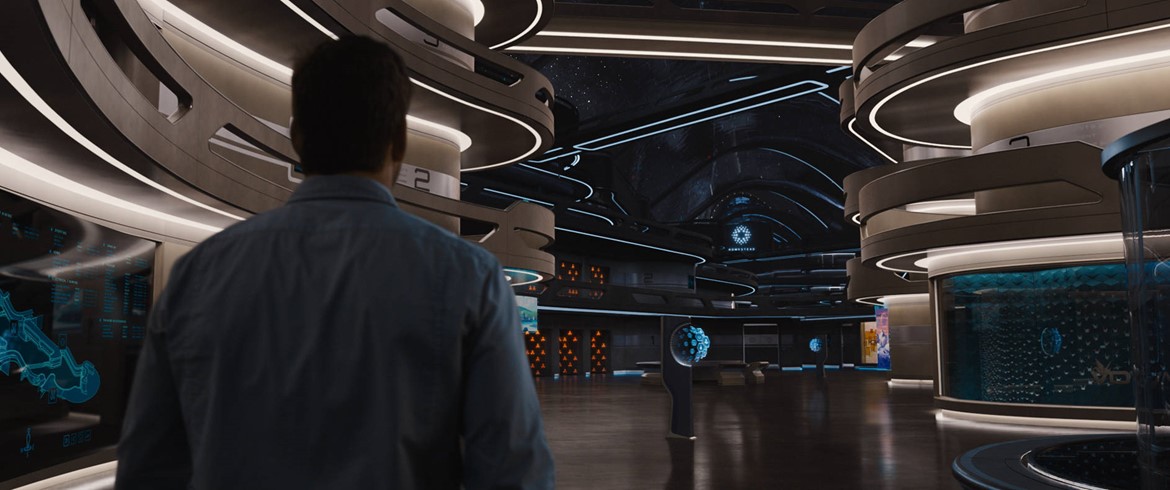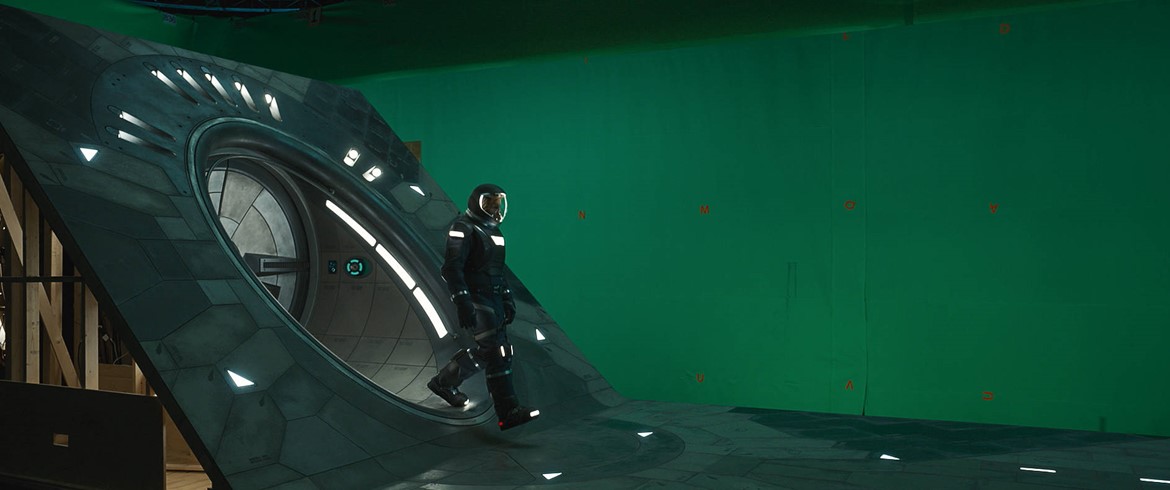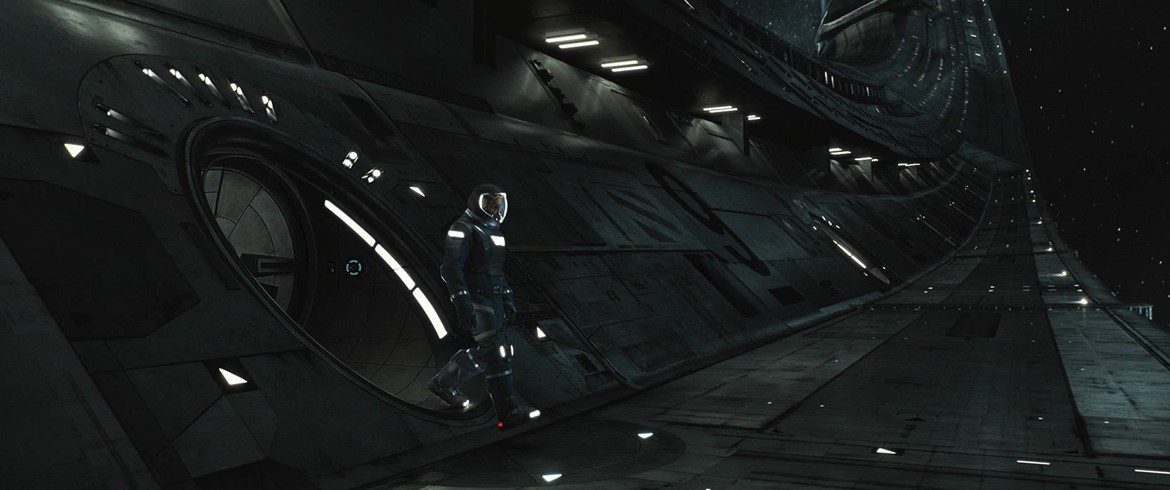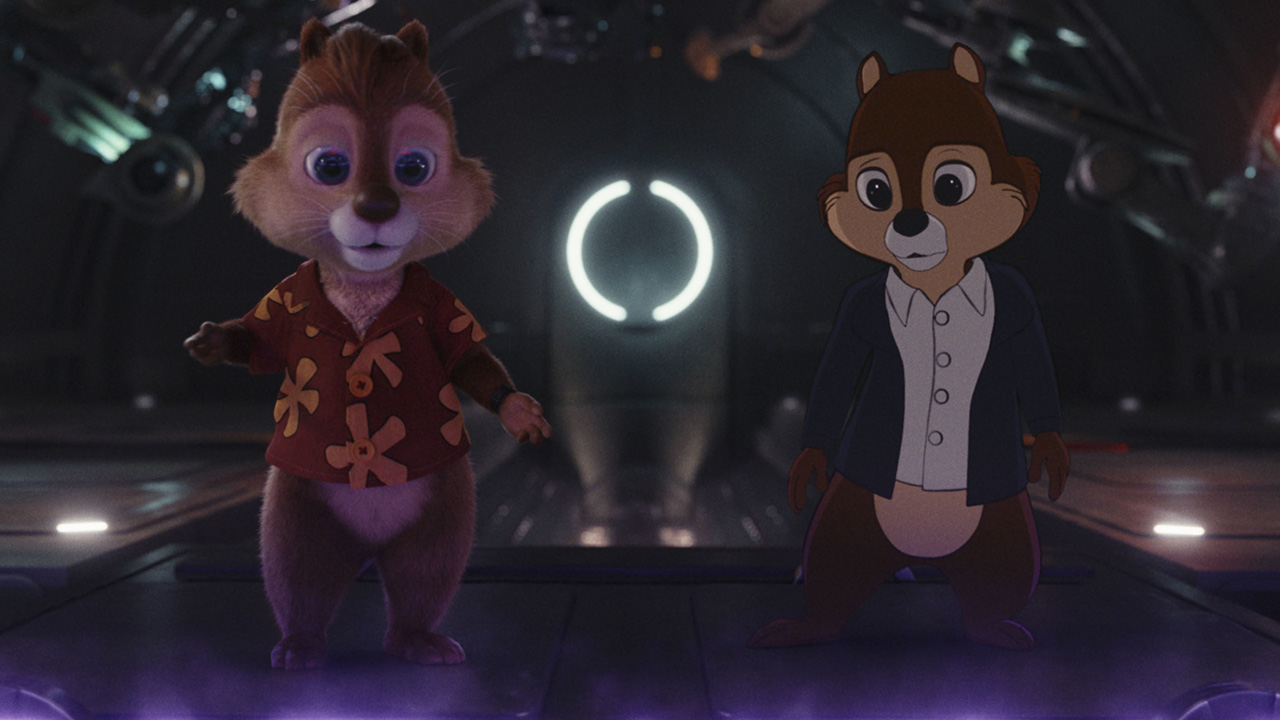MPC completed more than 1100 shots as lead studio on Passengers, working closely with Director Morten Tyldum and Production VFX Supervisor Erik Nordby. MPC VFX Supervisor Pete Dionne and VFX Producer Tomi Nieminen, oversaw the work of a team of around 600 artists, crafting a wide range of effects including; building the gigantic interstellar starship Avalon, FX work including a dramatic Zero Gravity water sequence and a red giant star, holograms, robots, digital doubles and of course Space. The focus of MPC’s work was on realism. The visual effects needed to feel real and consistent throughout to ensure the audience are fully immersed.
A huge part of the VFX work in Passengers involved creating the look of Deep Space. “Historically, the look of Space in film falls somewhere between the cold, austere look of actual astrophotography and heavily stylized vistas with false colour and inaccurate scale” said Production Supervisor Erik Nordby, “since the film takes place in DEEP space it pushes closer to the former rather than the latter; falling close to naturalistic with some forgiveness built into the exposure. Together with Rodrigo Prieto A.S.C., the VFX team constructed an overall dome that featured a softer lighting ratio driven by hand-painted stars and nebula maps; very different to the high-key space lighting more recently in vogue. ”MPC’s environment team started by using high-resolution maps of our own Milky Way as a base to build upon. This comprised of many layers of stars, space dust, nebula and clusters. The nebulas were painted as a series of cards to give a feeling of parallax and depth. Everything was constructed with High Dynamic Range, giving full control over exposure. These maps then drove the scene-referred lighting for the ship and CG astronauts.
Bringing the 1,000m long space-cruiser Avalon to the screen required a huge digital build. MPC inherited the design for Avalon from Production designer Guy Dyas. MPC’s artists then began work building a digital version of the ship and adding detail to the design. Several digital versions were created to support the varying levels of fidelity required throughout the film. A relatively lightweight model was used for animation blocking and first pass lighting tests. This ship was then up-textured and covered with additional small details to help with scale. Finally, an art-directed pass of additional matte-painted texture would be used when the camera focuses on specific areas. MPC created set extensions and full CG environments for the environments within the ship including the grand concourse, crew hibernation area, gardens, entertainment areas, elevators, the engine room and more.
Another big VFX challenge on Passengers was creating the zero gravity water sequence. Tackling the look of the water started with weeks of research, as MPC VFX Supervisor Pete Dionne explains. “What we found in our initial R&D tests was that at this scale, the water would move so slowly that it failed to achieve the required feeling of peril, and once we started applying stronger forces onto it, it would explode and completely lose it’s form. Luckily, there is lots of great NASA reference of smaller volumes of water and it’s behavior in space, relative to the surface tension and friction at this scale, so we looked towards that to achieve something that was much easier to art-direct.” Shooting Jennifer Lawrence in this terrifying sequence required the help of Dan Sudick and his SFX expertise. In addition to building the full pool on set, Sudick and his team also built a 14’ cube tank with optical glass for the close-ups. Performance elements were shot of Lawrence in the tank and submerged in the pool against green screen, however, other than that the sequence was entirely CG. The sequence required a great deal of planning between the SFX, previs, techvis and VFX teams.
Another stunning moment in Passengers, is where we see a Red Giant pass by the ship. MPC referenced NASA photography of the sun for the look and the structure of the star. It’s huge scale and depth was created using multiple layers of fluid simulation, each representing a layer of stellar structure. Leaping from the surface were large flares driven by FX simulations. Dionne explains “We developed an animated DMP map for the photosphere, then volumetric chromasphere and corona FX elements layered on top, and then further simulated erupting prominences similar to those found in the sun. One additional layer we recreated for our red giant star were visible magnetic rays arching across the entire star. Technically, these can only be seen outside of the visible spectrum of our own sun, but they’re so beautiful that we couldn’t resist sweetening our star with this element.”
